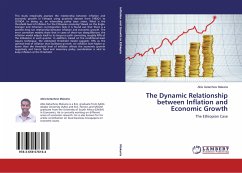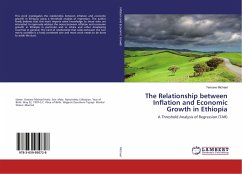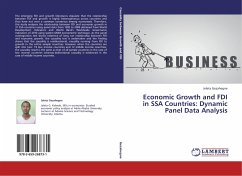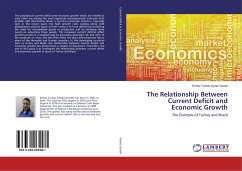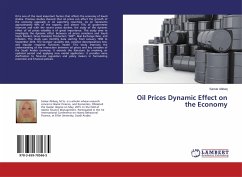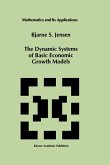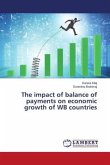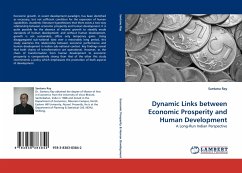This study empirically assesses the relationship between inflation and economic growth in Ethiopia using quarterly dataset from 1992Q1 to 2010Q4. In doing so, an interesting policy issue arises. What is the threshold level of inflation for the Ethiopian economy? Based on the Engle-Granger and Johansen co-integration tests it is found out that there is a positive long-run relationship between inflation and economic growth. The error correction models show that in cases of short-run disequilibrium, the inflation model adjusts itself to its long-run path correcting roughly 40% of the imbalance in each quarter. In addition, based on the conditional least square technique, the estimated threshold model suggests 10% as the optimal level of inflation that facilitates growth. An inflation level higher or lower than the threshold level of inflation affects the economic growth negatively and hence fiscal and monetary policy coordination is vital to keep inflation at the threshold.
Bitte wählen Sie Ihr Anliegen aus.
Rechnungen
Retourenschein anfordern
Bestellstatus
Storno

